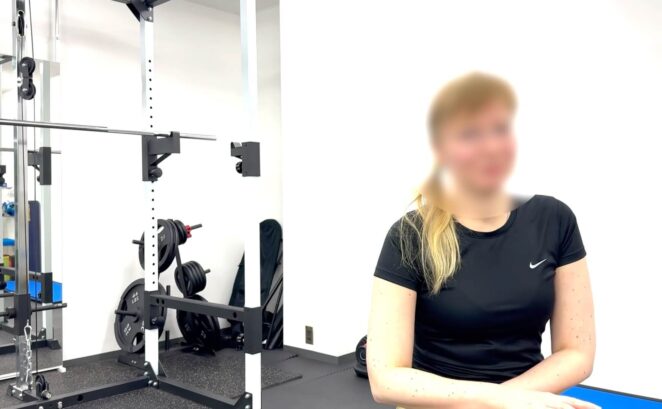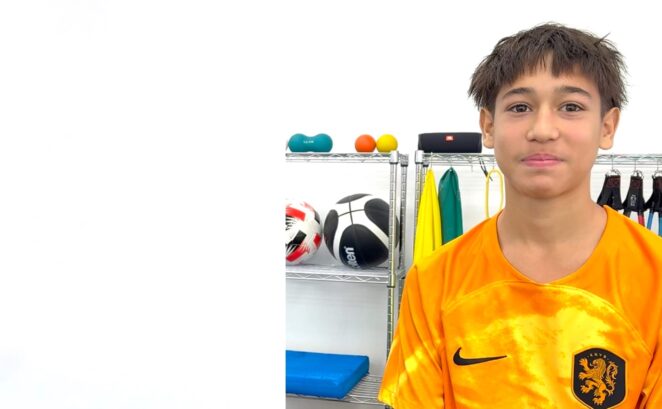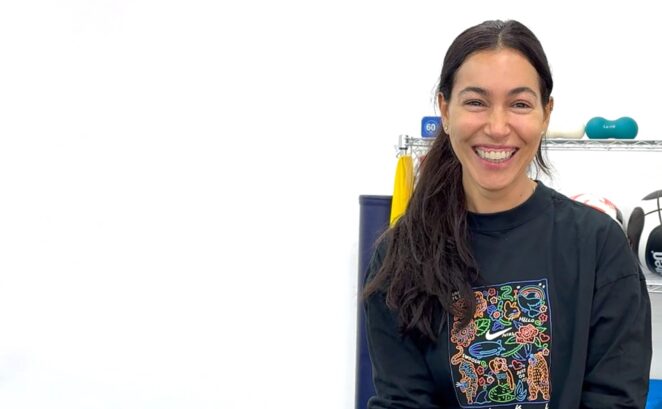2021.05.21
English
Shoulder and Neck Pain
執筆中尾 優作(理学療法士/プロスポーツトレーナー)
ヨーロッパの大学、大学院で理学療法を学ぶ。欧州サッカー、日本のB.LEAGUEでトレーナーとして活動したのち、地元神戸三宮にメディカルフィットネスジム【Lifelong】を設立。トップアスリートを始め、"病院で治らない痛み"に悩む人にワンランク上のリハビリを提供する。
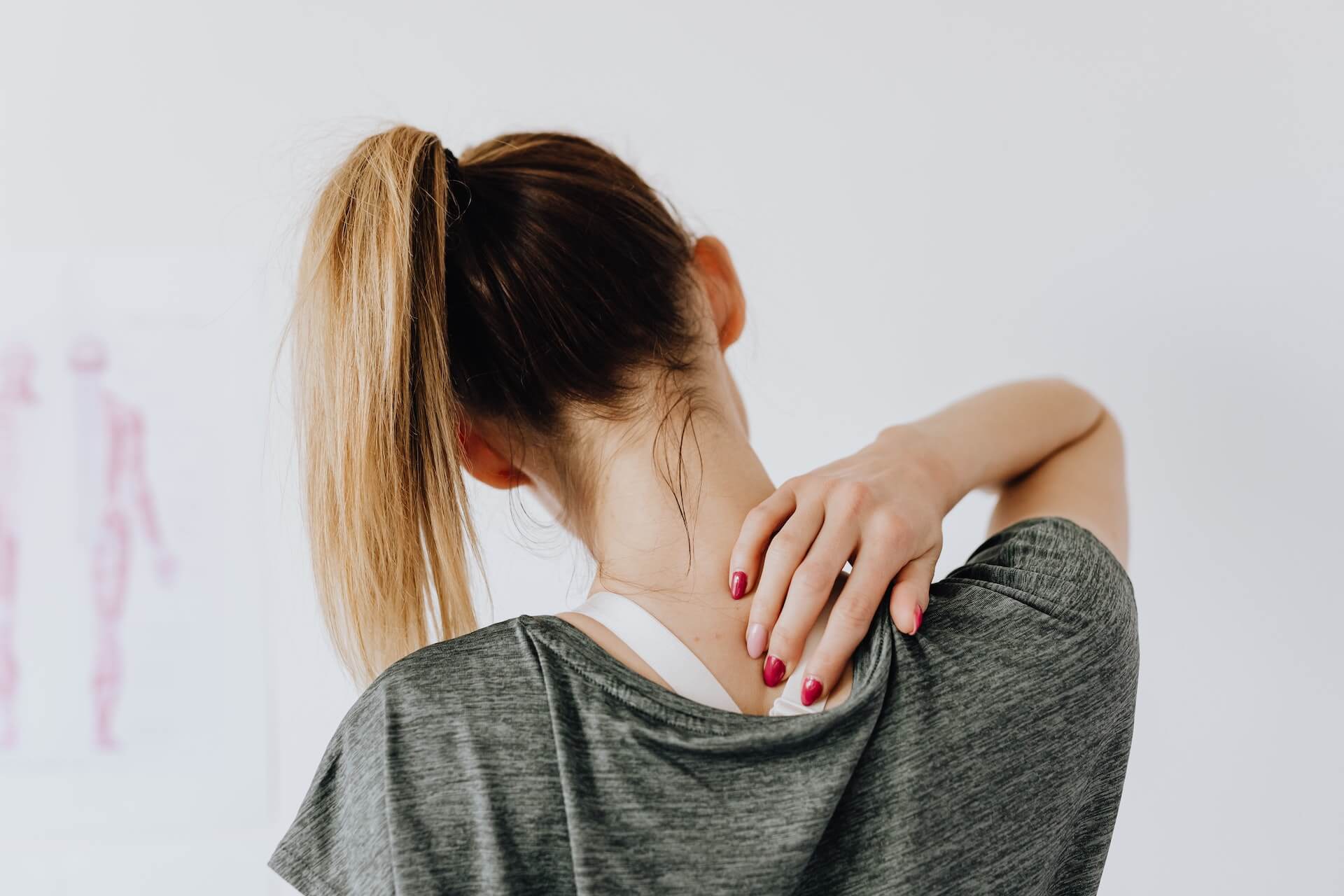
Along with low back pain, shoulder and neck pain is also very common injury for young adult to elderly people.
Due to improving modern technology and accessibility of smartphone and tablet, not only desk workers, but also young generations who are close to SNS are struggling with shoulder and neck problems.
The most common cause of these types of pain is the position of head.
目次
What is shoulder and neck pain?
Shoulder and neck pain usually describes pain and tightness around neck and shoulder area.
No specific diagnosis is named most of the time. Trapezius muscle which attaches from neck to upper back is often become tight and causing pain.
Cause
The most popular cause of shoulder and neck pain is inappropriate position of head in relation with bad posture.
It is said that the weight of a human head is 10% of all body weight, so about 5kg or so. This heavy weight is supported by seven neck bones called cervical spines. In addition, muscles in front and behind of neck are holding the head above the cervical spines.
There are many number of muscles including very small to big muscles around head. All of these muscles need to work together to keep the head at appropriate position over the neck.
On the other hand, if the head goes forward or back ward, balance of the muscle tension become unequal and one side of the muscles at front or behind have to work harder than usual. This increased muscle tension creates muscle hypertonic muscles and cause the shoulder and neck pain.
This syndrome is called Upper Crossed Syndrome. Because of holding head forward position for a long time, some part of the muscles become tight and others are shortened like the illustration below.
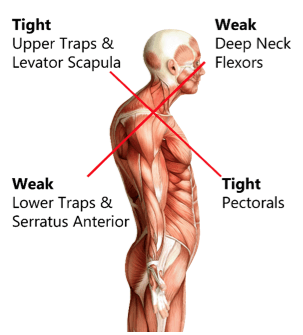
Especially, upper part of trapezius often overworks to stop the head moving forward. Trapezius attaches behind ears and keep pulling the head backward not to drop the head forward. As a result, when head moves forward, the trapezius muscle have to contract harder to hold the head over the cervical spines and created tight tension on the muscle that causes shoulder and neck pain.
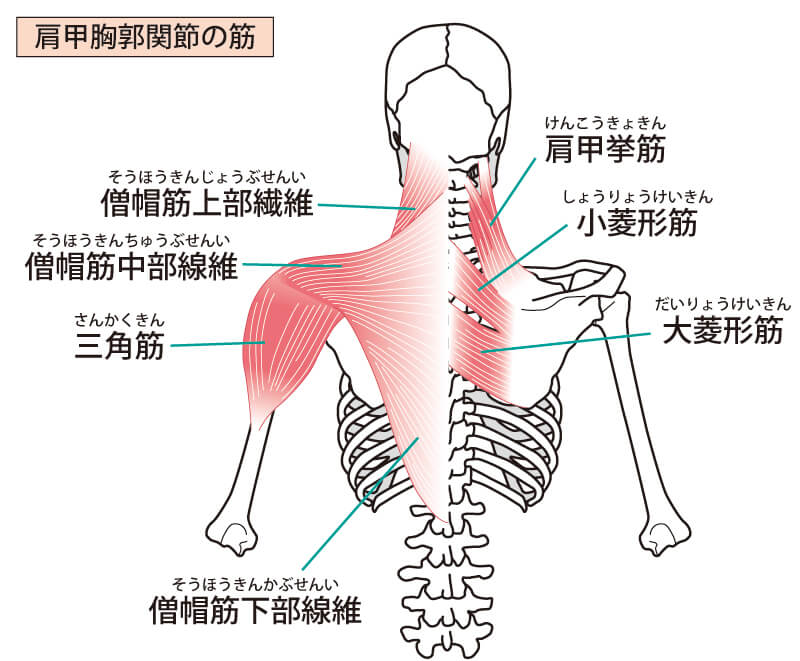
Symptoms
Pain
Almost all of shoulder and neck patients report pain. Pain type is usually dull pain and it does not bother you when concentrated on work or smartphone, but feeling pain behind neck one taking a breath.
If you have shoulder and neck pain for several months or years, it is not common to feel pins and needles around shoulder or arms. However, in cace you feel that sensation or numbness, visit a hospital to seek advice from doctors as possibility of serious diseases such as cervical disk herniation.
Tension
High tension of muscles are also common symptoms with pain. Feeling of heaviness over shoulder area and muscles become very tight when pinching. Muscle is basically elastic soft tissue and functionally changes their length. However, if the length of the muscle does not change long hours or keeping same posture for a all day, muscle fibres become tight and cause high tone.
Headache
Shoulder and neck pain often leads headache. There are many blood vessels and nerves around neck area. Once muscles at shoulder get tight and high tone, they compress the vessels and nerves and causing headache.
If your headache is related to shoulder and neck pain, the similarity is usually found in these symptoms. For example, if you have headache on the left side of head, commonly left side of muscles at neck and shoulder are tighter than those on the right side.
Treatment
Improving the head position and posture is essential to treat shoulder and neck pain. For the most cases, daily habit and postural pattern are the main causes of shoulder and neck pain. What the most important is consciously trying to keep a correct posture for all day.
Stretching
As explained about “Upper Crossed Syndrome” above, muscles of chest and behind neck become tight when head goes forward too much. If you cannot relax the tightened muscle, the head position is also unable to be corrected. Daily stretching routine is effective to regain the flexibility of muscles to realign the incorrect head position.
Stretching for Upper Trapezius
- Hold the chair with the hand
- Bend your head to the other side with another hand
Stretching for Levator Scapulae
- Bring one hand on back of body
- Another hand bend the head forward and slightly outside
Stretching for Pectoral muscles
- Bend elbow 90 degree and put on the pole
- Hold the arm and lean trunk forward and rotate
Exercise
Muscular training is also important to activate weak muscles around neck and shoulder. People with desk work tend to have weak neck muscles that need to keep appropriate head position. Activation of weak neck muscles can correct the head position and loosen tight muscles.
Exercise for Deep Neck Flexor
- Sit on chair upright
- Hold band or tower and put is behind neck
- Tuck chin. Move backward, not going down
Exercise for Lower Trapezius
- Knees on floor and lean forward. put forehead on hand
- Straight up another arm, bring it up from shoulder
Exercise for Serratus Anterior
- Hold band and put it over shoulder blades
- Move both arms forward, no shrug
Trigger Point Therapy
Trigger point is a spams of muscle fibres. Chronic shoulder and neck pain patients often have this trigger point in painful or tight muscles. This spasm formation decreases muscle extensibility and blood flow significantly and prevent healing process.
Trigger point is found by pinching of painful muscle, but need experience of precise manual technique. This spasm is also very sensitive and if you press too hard, patients feel strong and sharp pain which create muscular hypertension.
Once you find a trigger point, directly compress the tight spasm for few seconds. Patients feel sharp pain at first and then it gradually decreases. Keep exactly the same tension on the spasm until pain disappear.
Continue this treatment every day and trigger point is getting smaller and smaller. However, Trigger point therapy is a specific technique require knowledge and experience, so please find a specific therapist to receive safe treatment.
Caution
Use of pain killer for shoulder and neck pain is not recommended. Pain killer can reduce inflammation and pain, but only temporally. In fact, the main problem of neck and shoulder pain is not caused by inflammation, mostly posture and work habit are the issues.
Therefore, if you really want to completely cure the problem, please receive physiotherapy or other pathology-specific treatment.
Conclusion
Shoulder and neck pain is very popular injury for anyone in the world.
It is usually related by posture and daily lifestyles.
Treatment for reducing pain is not the answer to solve the potential problems.
Physiotherapy like stretching or exercising are very helpful to obtain correct posture which leads to complete fixation of shoulder and neck pain.
Lifelong is your private physiotherapy clinic
Lifelong provide order-made physiotherapy to treat any types of shoulder and neck pain.
Exercise therapy, such as stretching and muscle activation, improve posture, joint mobility and muscle functions to cure pain on your body forever, not like symptomatic treatment.
Removing “cause” of pain rather than “pain” itself, can provide you painless body and also prevent from future degeneration.
Please do not hesitate to contact us, experienced physiotherapist studied and worked in Europe is here to sincerely support you.
Best wish for you healthy and happy future life.
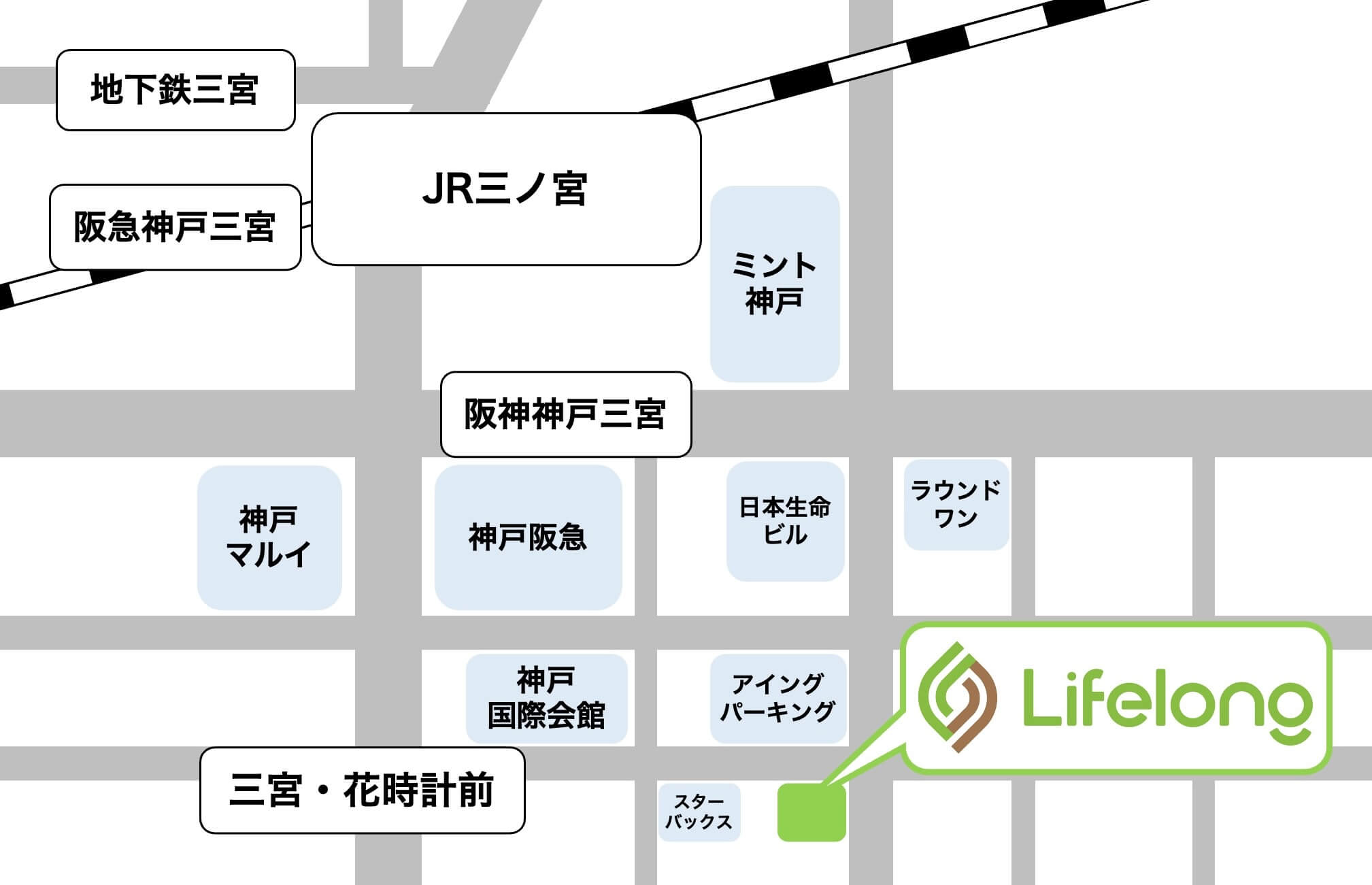
ピックアップ記事
-

『Able to run without pain first time since surgery』Feedback of rehabilitation for meniscus tear
2024.06.18
-

『Returned to play football after 1 month of knee pain』Feedback of rehabilitation for Osgood-Schlatter disease
2024.04.23
-

『I couldn’t even carry a pot before coming here』Feedback of Rehabilitation for shoulder labrum tear
2024.04.11


